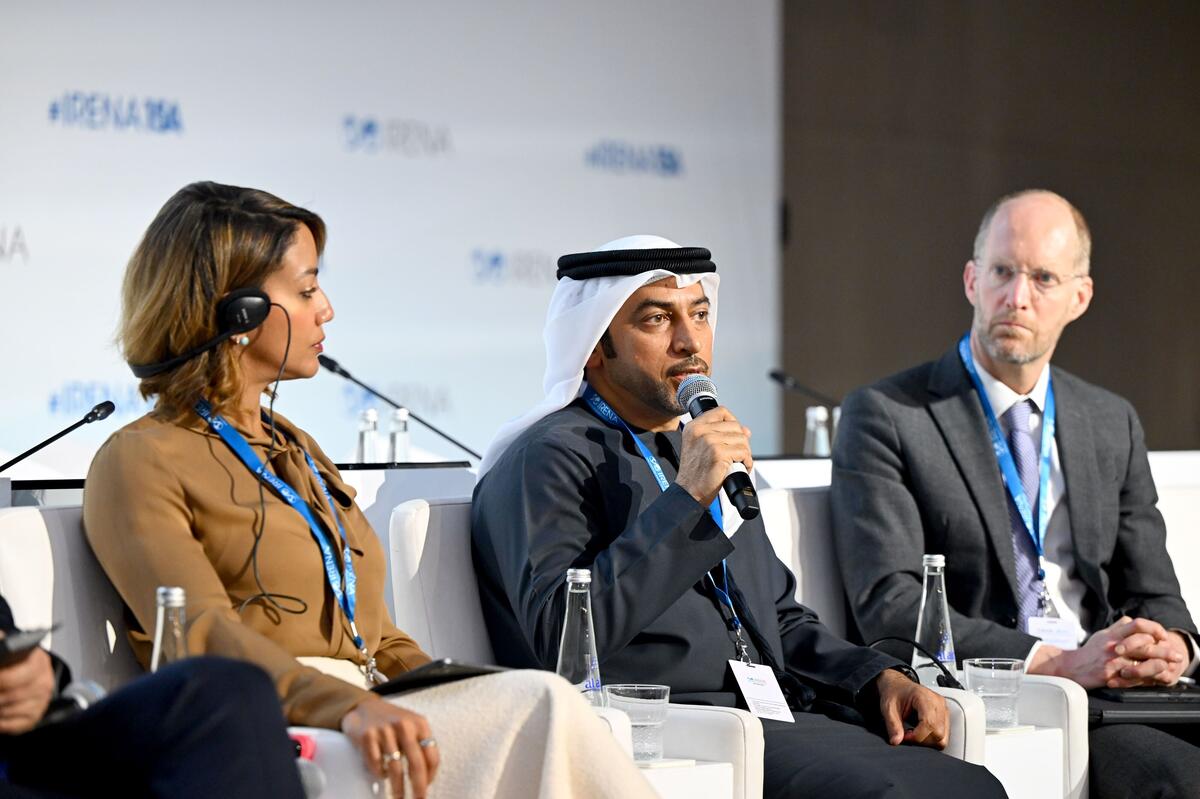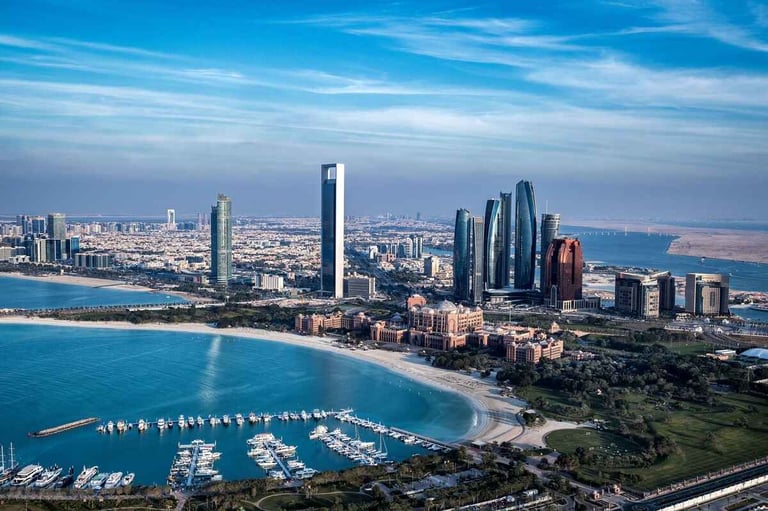The UAE’s renewable energy sector is growing rapidly and by 2030, the country aims to reach 14.2 GW of renewable energy capacity, stated Ahmed Al Kaabi, assistant undersecretary for the electricity, water, and future energy sector at the Ministry of Energy and Infrastructure (MoEI).
During his participation in the high-level panel on ‘Energy Transition Pathways in Emerging Economies’, organized by the International Renewable Energy Agency (IRENA), Al Kaabi stressed that the UAE continues to lead the global energy transition through its ambitious strategies and initiatives that contribute to shaping a better world.
“From the beginning, the UAE recognized the need for cleaner energy to protect our planet and our future. We also saw the environmental, social, and economic benefits of this shift and invested heavily in renewable energy projects. This gave us a great opportunity to lead the clean energy transition,” he stated.
UAE home to three of the world’s largest solar plants
Al Kaabi added that the UAE was the first in the region to sign the Paris Agreement, commit to reducing emissions nationwide and set a net-zero target by 2050. The UAE also has three of the world’s largest solar plants, with more projects underway.
“Nearly two decades ago, we created Masdar, a leader in renewable energy. Since then, Masdar has played a key role in advancing clean energy and sustainability both in the UAE and worldwide” he noted.
Al Kaabi also shed light on the Distributed Solar System (DSS) project which enables customers to generate their own solar power by installing rooftop PV systems. By feeding this power back into the grid, the UAE aims to enhance its renewable energy supply and strengthen its energy independence. “Every panel we install will reduce the UAE’s carbon footprint,” Al Kaabi noted.
UAE advances nuclear, hydrogen energy adoption
The UAE is also the first Arab nation to use nuclear energy peacefully, with the Barakah Nuclear Energy Plant providing 25 percent of the country’s electricity from a carbon-free source.
A key part of the UAE’s clean energy strategy is also low-carbon hydrogen, as it aims to become a global leader in hydrogen by 2031, producing 1.4 million metric tons annually and increasing that to 15 million tons by 2050.
“The UAE is also driving innovation and global partnerships. As a founding member of IRENA, we are shaping the global energy transition. As we look to the future, we are committed to leading the global transition to clean energy. With determination and forward-thinking leadership, the UAE is on track to achieve net-zero by 2050,” Al Kaabi stated.
Read: ADSW 2025 reveals key partnerships to drive sustainable progress efforts
15th IRENA Assembly
The 15th Session of the IRENA Assembly convened recently in Abu Dhabi, marking the first international energy meeting of the year. Under the theme ‘Accelerating the Renewable Energy Transition – The Way Forward,’ the two-day meetings brought together ministers and high-level delegates from IRENA’s 170 Member States, academia, development banks, CEOs and youth to enhance wider, cross-sectoral collaboration on the energy transition.
Key discussions focused on tripling renewable energy capacity by 2030, enhancing ambition in Nationally Determined Contributions, supporting transitions in emerging economies, and leveraging innovative financial flows in developing countries.








